
© Bowtie and Revenue Architecture - credit Winning by Design
In Season 4, Episode 5 of Force and Friction, we continue our Winning by Design Revenue Architecture Series with Mats Forsgren, certified Revenue Architect and founder of Growth Gen.
Mats brings over 15 years of hands-on experience helping SaaS and tech companies align strategy to execution through the lens of the GTM Model.
In this episode, Mats unpacks how the GTM Model is more than campaigns and motions, it’s the operating layer where your Revenue Architecture either gets translated… or lost.
From segment-motion fit to layering the right playbooks at the right time, Mats lays out a practical roadmap for scaling GTM like an engineer, starting with alignment, and ending with revenue precision.
Mats Forsgren
Mats Forsgren is the founder of Growth Gen, a fractional GTM consultancy that helps SaaS startups and scale-ups design and implement practical, scalable go-to-market strategies.
With over 25 years of international business and sales leadership experience, Mats has led teams and grown businesses across Stockholm, London, New York, and Dublin.
Watch the Episode:
What is the GTM Model?
Think of the GTM Model as the real-world application layer of your revenue strategy. It’s where all your planning, architecture, and system design meet the field — the part of Revenue Architecture that defines how you go to market, through which channels, with which motions, and against which segments.
It doesn’t live in theory. It lives in what your teams actually do every day.
The GTM Model is built on the idea of Motion-Segment Fit — applying the right type of go-to-market motion to the right customer segment, at the right time in their journey.
It recognizes that not all growth is equal — and that scaling PLG looks very different from running ABM or co-selling with partners. But they’re all valid plays, if deployed correctly.
The GTM Model breaks down into five core motion types:
1: No Touch GTM Motion
- Product-Led Growth (PLG), where users onboard themselves
- Ideal for low ACV, high-volume segments
- Requires exceptional UX, self-serve onboarding, and data-led activation
2: Low Touch GTM Motion
- Inbound-driven sales with minimal rep involvement
- Supported by automation, content, and demand gen
- Great for mid-market or SMB SaaS with modest complexity
3: Medium Touch GTM Motion
- SDR-AE model with discovery and guided sales motion
- Common in sales-led GTM with structured sales processes
- Balances volume and consultative selling
4: High Touch GTM Motion
- Enterprise selling with long sales cycles and multiple stakeholders
- Requires deal orchestration, executive alignment, value engineering
- Often includes complex POCs, bespoke procurement processes
5: Dedicated Touch GTM Motion
- Reserved for strategic accounts, co-selling, or partner-led GTM
- Includes alliances, marketplaces, resellers, and ecosystem plays
- Heavy investment, high return potential — not volume-driven
Each motion requires different tools, talent, processes, and expectations, and choosing the wrong motion for the wrong segment is one of the most expensive GTM mistakes you can make.
Because here’s the truth:
Go-to-market isn’t about doing all the motions. It’s about doing the right ones, at the right time, for the right reasons.
The GTM Model is how you operationalize your Revenue Architecture, and turn strategy into repeatable, scalable execution.
> Without it, you’re just running plays.
> With it, you’re building a GTM engine that can scale with precision.

Here are the core areas we discuss in today's episode:
The GTM Model as the Execution Layer of Revenue Architecture
The GTM Model is where all the theory becomes tangible. While the first five models of Revenue Architecture define the who, what, and why of your go-to-market, the GTM Model defines the how. It’s the layer where strategy becomes process, and process becomes pipeline.
“The GTM Model is where the architecture becomes action. But only if the foundations are there first.”
Mats explains that many GTM issues aren’t due to poor execution, but to misapplied or disconnected motions. When done right, the GTM Model becomes the operating system for repeatable, scalable revenue.
Motion-Segment Fit: Choosing the Right Motion for the Right Job
GTM success hinges on what Mats calls motion-segment fit, aligning the right sales or marketing motion with the right type of customer and opportunity. He warns that even strong motions fail when misapplied to the wrong segment.
“Segment-motion fit is what separates scale from waste.”
Rather than chasing trends like PLG or outbound, companies need to diagnose customer size, sales cycle complexity, and deal velocity, then match motions like No Touch, Low Touch, or High Touch accordingly. The GTM Model provides that clarity.
Why Most GTM Execution Breaks: Misaligned Motions, Misfiring Teams
According to Mats, the #1 cause of GTM underperformance is premature execution. Teams launch outbound, invest in inbound, or build SDR engines before understanding which motion fits their revenue model, buyer, or product.
“If you start executing without knowing what segment you’re serving, or whether your math works, you’re building GTM on guesswork.”Mats emphasizes that GTM isn’t about activity volume, it’s about motion precision. Revenue grows when execution is sequenced properly on top of a solid architecture.
Layering Motions, Not Replacing Them
Most companies treat GTM like a series of switches: turn inbound off, turn outbound on; replace SDRs with partners; stop sales and try PLG. Mats says that mindset breaks scale.
“Don’t swap plays. Layer them. Each motion adds force, if the engine can handle it.”The most mature GTM engines aren’t built on one motion, they’re blended. Inbound creates gravity, outbound adds predictability, partners extend reach, and PLG drives efficiency. But only when layered with operational intent.
Enablement is the Make-or-Break for GTM Success
Strategy sounds good in a workshop. But GTM lives or dies in execution. Mats points out that most breakdowns happen not because of poor planning, but because frontline teams weren’t enabled to run the motion.
“Everyone talks about strategy. The hard part is getting teams to run the play.”
For a GTM Model to work, every motion needs content, workflows, CRM triggers, and training mapped to it. Otherwise, you’re just handing your team a playbook they can’t run.
RevOps as the GTM Engineer
RevOps isn’t just ops. It’s the engineering layer of GTM. Mats highlights how RevOps teams are best positioned to measure, monitor, and optimize each motion using data from the Data Model—volume, conversion, and velocity.
“RevOps brings continuity across the motions. They’re the engineers of the GTM machine.”When GTM is scattered across departments, nothing sticks. When RevOps drives motion execution, feedback loops become clearer, and decisions become faster.
Final Thoughts
Mats Forsgren reminds us that go-to-market strategy isn’t just about choosing the right play, it’s about engineering a system that can execute it consistently.
The GTM Model is where Revenue Architecture becomes real. It’s not a whiteboard exercise, it’s how your segments get matched to motions, how your teams get enabled, and how your pipeline gets built.
If your GTM is burning out your team, missing targets, or running in silos, it’s not a sales problem. It’s a system design problem.
And that starts with operationalizing your motions the right way, across the full revenue engine.
The Revenue Architecture Series
Watch more episodes from the Revenue Architecture Series - get started with the founder of Winning By Design Jacco van der Kooij's interview - watch that here:
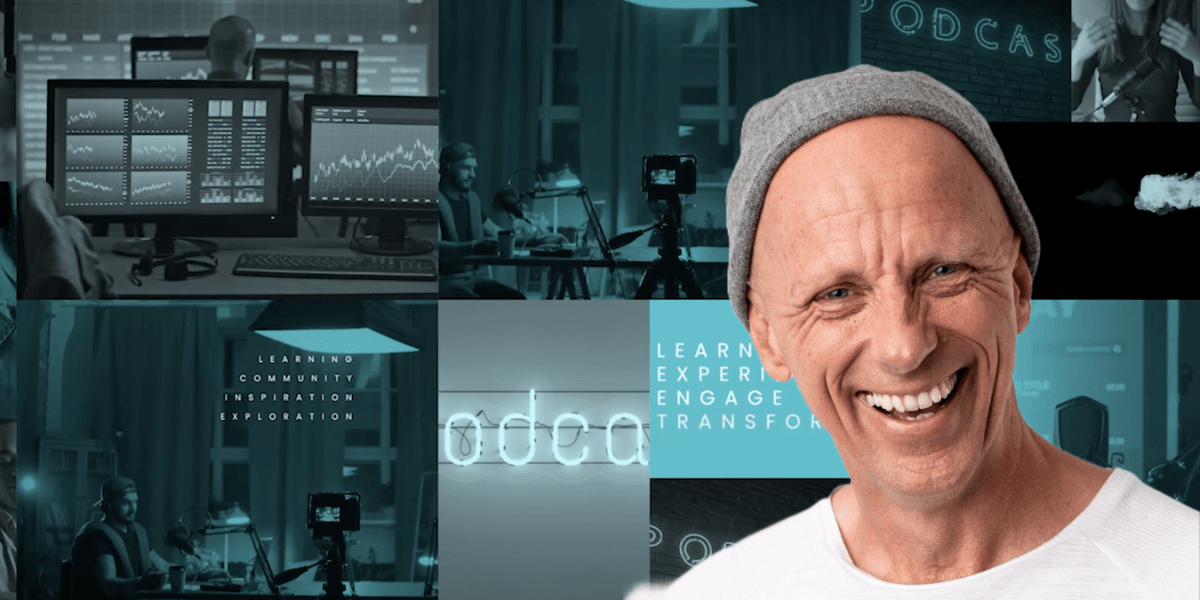
The Revenue Architecture Textbook
Order you text workbook on Revenue Architecture - more than a 'read' this is a comprehensive workbook to ensure you up skill your knowledge.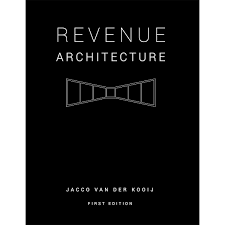
Ready to be Our Next Guest Contributor?
Your Host:
A little about Mike who hosts the show. Please connect with us on LinkedIn we would love to have you as part of our professional networks.

Mike Midgley is the CEO at 6teen30 Digital and a dynamic digital entrepreneur, nxd, strategist, public speaker, Winning by Design certified Revenue Architect and Host at The Force & Friction Podcast.
Mike has achieved successful six and seven-figure exits over a 30+ year career, raised in excess of £1.6m [$2.5m] in Venture Capital and franchised his businesses 68 times.





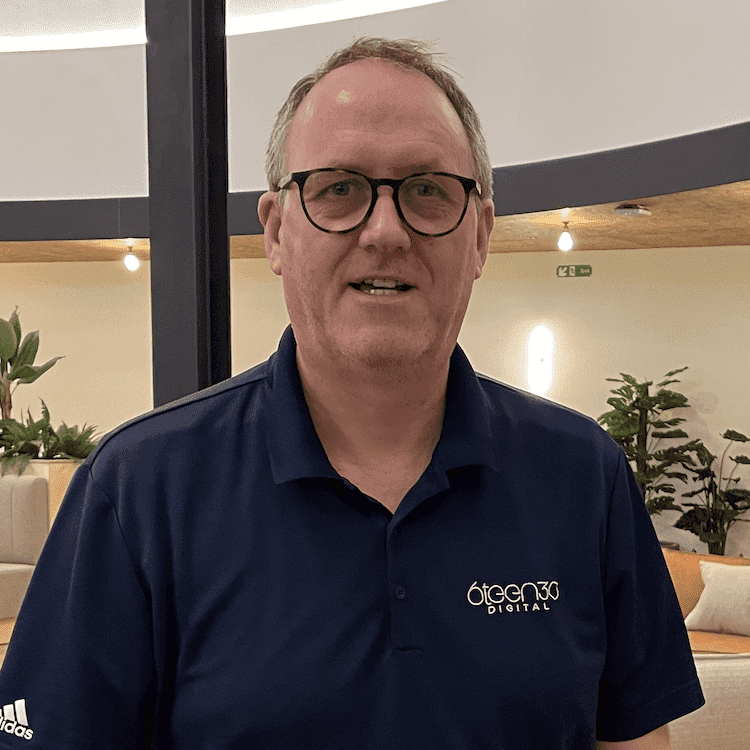
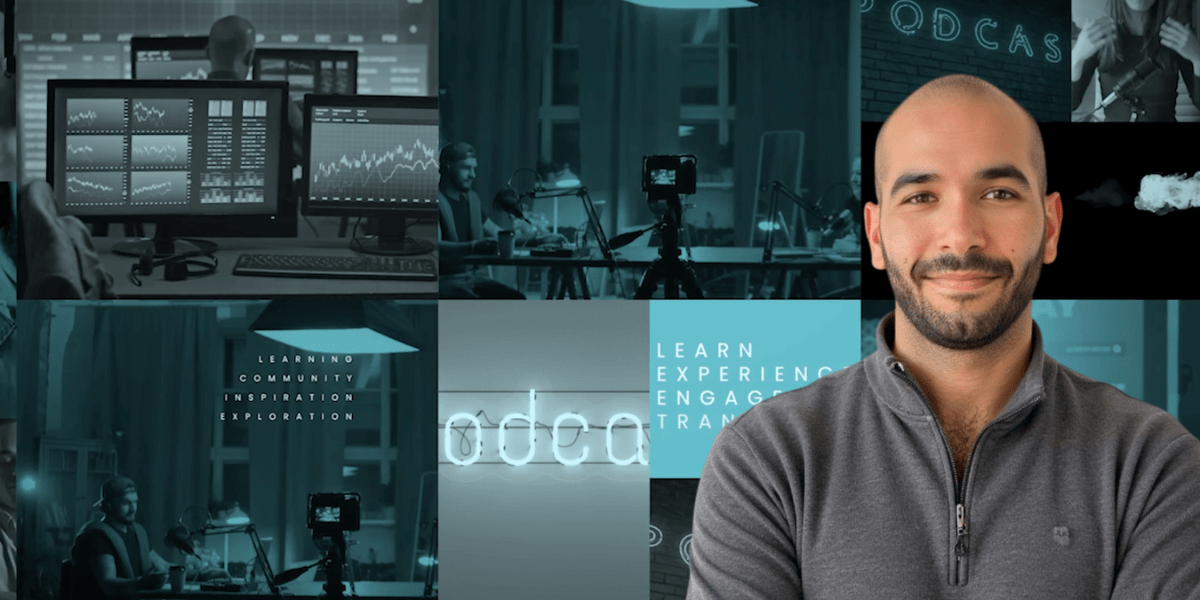
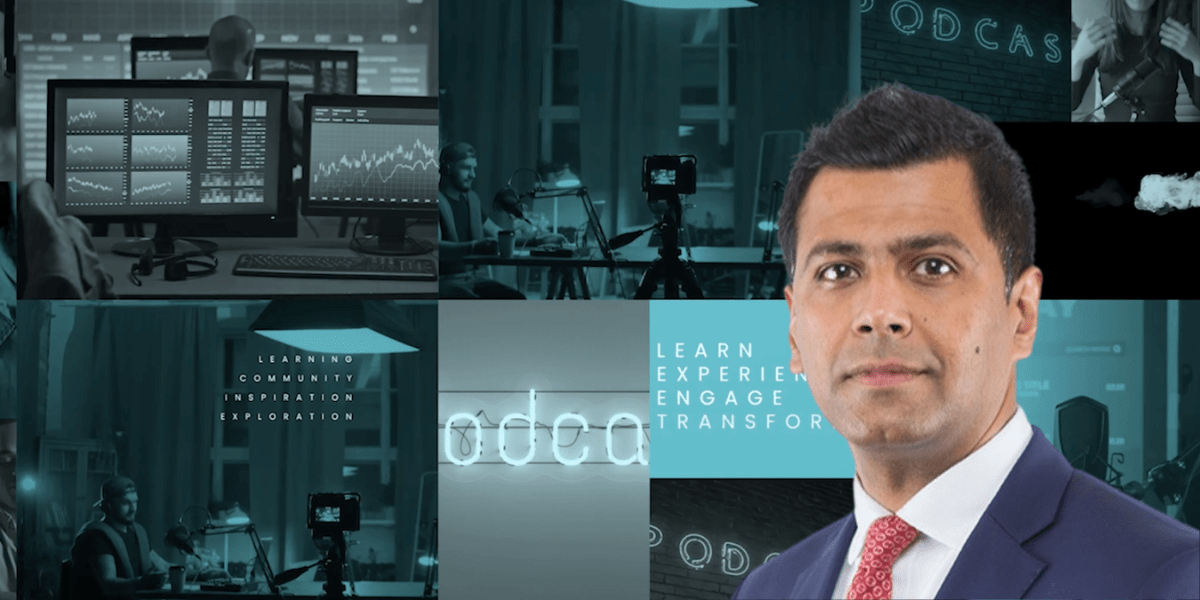

%20-%20Teal.png?width=500&height=130&name=Force%20%26%20Friction%20-%20Branding%20-%20Logo%20(White)%20-%20Teal.png)